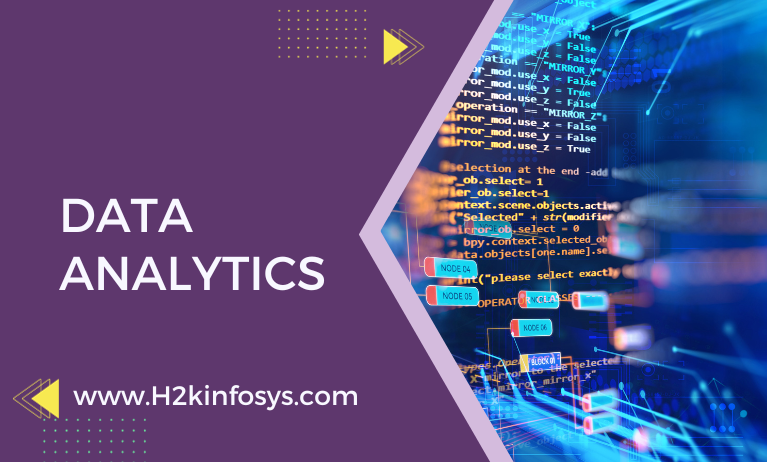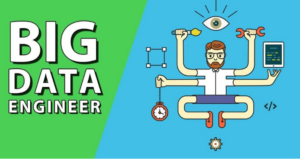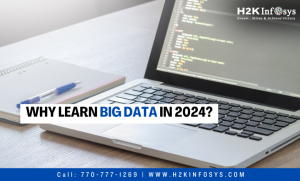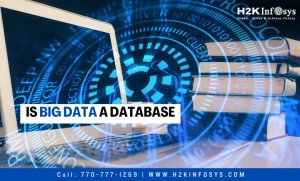Data Analytics is considered as a multidisciplinary field that an employee can use with a wide range of analysis techniques, including math, statistics and computer science to draw insights from data sights from the data sets. Data analytics is very broad term that includes everything from simply analysing data to theorising ways of collecting data creating the frameworks needed to store it.
How data analytics is used?
Data is found everywhere and people use data everyday whether they realise it or not. Daily tasks like measuring coffee beans to making a morning cup of coffee and also checking the weather report before deciding what to wear, tracking our steps throughout the day for fitness and all the analysing and using the data. Data analytics will be considered as important across the many industries as many decisions. For example, a sneaker manufacturing may look at sales data to determine which designs to continue and which to retire or may be health care administrator may look at the inventory data to determine the medical supplies they should order.
What are the key concepts of data analytics?
The 4 kinds of concepts of data analytics are
- Descriptive
- Diagnostic
- Predictive
- Prescriptive
Four kinds of data analytics can support an organisation to make data driven decisions.
Each of which will the following give us indications as below:
- Descriptive Analytics: Will tell us what has happened
- Diagnostics Analytics: Will tell us why something happened.
- Predictive Analytics: will tell us what will be likely happen in the future.
- Prescriptive Analytics: will tell us how to act.
People who work on the data analytics will typically explore each of the following four areas using the data analysis process, which include identifying the question, collecting raw data, cleaning the data, analysing data and interpreting the results.
Data analytics skills?
Data analytics requires a wide range of skills that to be performed effectively. The careers in data analytics requires certain amount of technical knowledge by approaching above skills from learning methodically for example by learning a little bit each day or learning from the mistakes that can help to lead mastery and it is never too late to get shared.
Data Analytics job?
Data analytics professionals will make higher than average salaries and are in high demand within the labor market. There is US bureau of labor statistics projects that shows careers in data analytics fields will grow by 23 percent between 2021-2031, will have much faster than estimated to pay a higher than average annual income of $82360.
How to analyse data for business?
Data has become one of important assets of 21st century economy. Governments, companies and individuals will use data to improve their decision making processes. This has a resulted in huge demand for qualified professionals to process and analyse many amounts of data. The ability to derive certain metrics or may be key performance indicators from data can be very difficult. With all the scattered throughout an organisation, getting integrated information in the timely manner and can also will be problematic or may be insights of the business needs to compete the long and short takes which requires too much effort.
The data gathering process will be much more difficult and time consuming than the actual data analysis.
What is self service data preparation?
The data analytics for the business will be recommended that organisations begin by automating some of these processes using self service data preparation. This can be considered as integrated and built in capability of analytics cloud platform to not only automate the process which is repeatable greatly reducing the time to analysis and results. Data aware business analysts which will spin up and secure and sharable data repository within the minutes in few simple steps.
Questions
1. What is Data analytics?
2. What are Data analytics skills?































3 Responses
Data Analytics Skills include identifying data, collecting raw data, cleaning the data, analyzing data and interpreting the results.